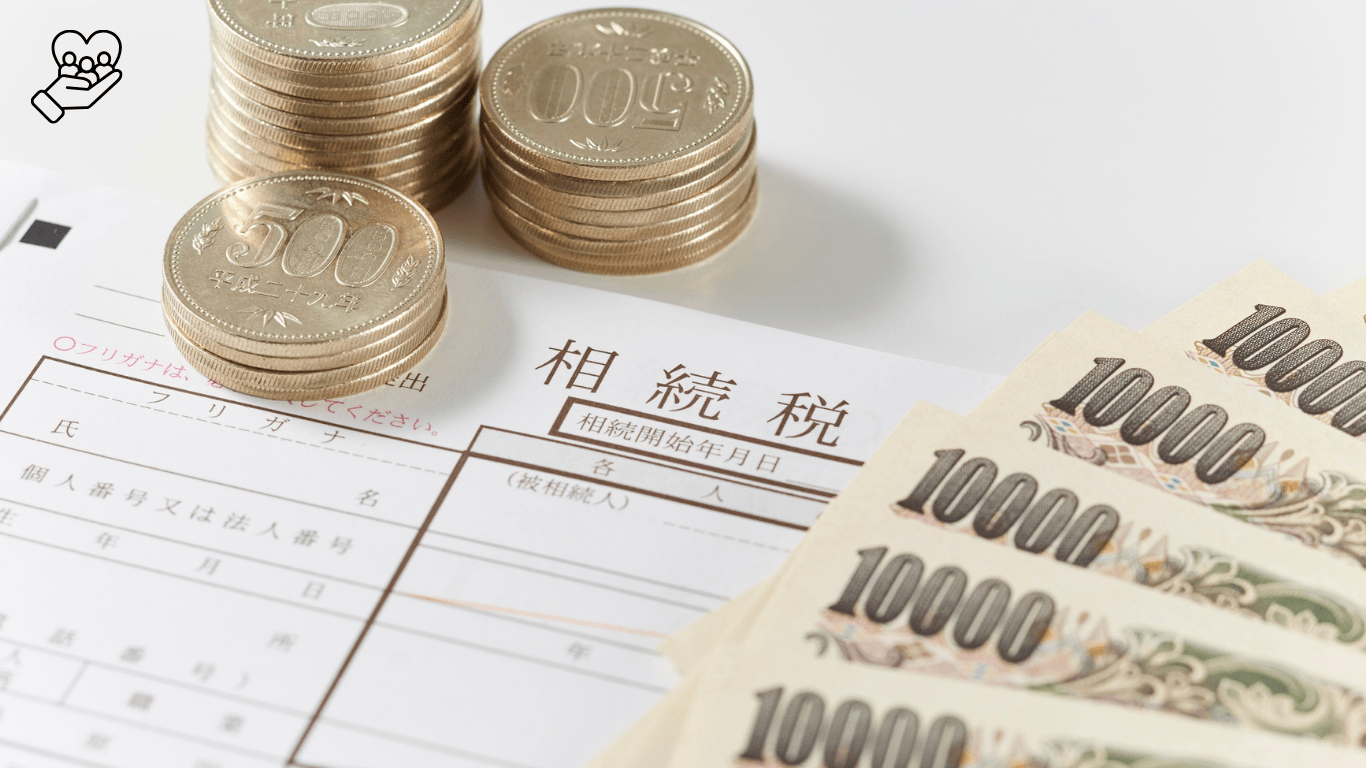Introduction
An economy is the system through which goods and services are produced, distributed, and consumed within a society. It forms the foundation of how people meet their needs and improve their quality of life. Understanding how an economy is formed and why it grows is crucial for grasping the forces that shape nations and influence global prosperity.
This article explores the essential elements that create an economy and the key drivers behind economic growth.
How Is an Economy Formed?
An economy is formed when people and organizations engage in economic activities that involve producing, exchanging, and consuming goods and services. Several fundamental components contribute to the formation of an economy:
1. Resources
Every economy begins with resources, often called the factors of production:
- Land: Natural resources like minerals, water, forests, and farmland.
- Labor: Human effort used in production, including physical and intellectual work.
- Capital: Tools, machinery, buildings, and financial assets used to produce goods.
- Entrepreneurship: The creativity and risk-taking involved in starting and managing businesses.
These resources are the building blocks that enable economic activity.
2. Production
Production is the process of converting resources into goods and services. People organize labor and capital to manufacture products or provide services that satisfy needs and wants. Production can range from farming and mining to manufacturing and software development.
3. Exchange
For an economy to function, people must exchange goods and services. This exchange is facilitated through markets where buyers and sellers interact. Money acts as a medium of exchange, making trade efficient compared to barter systems.
4. Consumption
Consumption occurs when individuals, businesses, or governments use goods and services to satisfy needs. Consumption drives demand, which motivates producers to continue and expand production.
5. Institutions and Infrastructure
An economy requires institutions such as legal systems, banks, and governments to create rules, enforce contracts, and provide public goods like roads and education. These institutions ensure stability and trust, which are vital for economic transactions.
Why Does an Economy Grow?
Economic growth refers to the increase in the production of goods and services in a country over time. Growth improves living standards by providing more jobs, higher incomes, and better access to goods and services. The primary reasons an economy grows include:
1. Increase in Resources
When a country discovers new resources or increases the quantity of labor and capital, its economy can produce more. For example, a growing population adds workers, while investment in machinery enhances productive capacity.
2. Technological Advancements
Technology improves how resources are used. Innovations like the steam engine, electricity, or the internet have dramatically increased productivity by enabling faster and more efficient production.
3. Human Capital Development
Education and training improve the skills and knowledge of the workforce. A skilled labor force can produce higher-value goods and adapt to new technologies, fueling growth.
4. Improved Infrastructure
Better transportation, communication, and energy infrastructure reduce production and transaction costs, enabling businesses to operate more efficiently and reach wider markets.
5. Capital Investment
Investment in factories, tools, and equipment boosts production capacity. Both public and private investments are critical to sustained economic growth.
6. Stable Institutions and Policies
Political stability, property rights, sound legal systems, and good governance create a favorable environment for economic activities. These factors encourage entrepreneurship and investment.
7. Trade and Globalization
Engaging in international trade allows countries to specialize in producing goods where they have a comparative advantage. Access to global markets increases demand and innovation, driving growth.
Conclusion
An economy is formed through the organized interaction of resources, production, exchange, and consumption within a framework of institutions. Economic growth occurs when a country effectively increases its resources, improves technology and human capital, invests in infrastructure and capital, and maintains stable policies and institutions.
Understanding these fundamental concepts helps us appreciate how economies evolve and why some nations grow faster than others. Promoting education, innovation, and good governance remains essential for fostering continued economic prosperity.
Sure! Here are three outbound (DoFollow) links you can include in your article “How Is an Economy Formed and Why Does It Grow?” to reputable external resources:
- Investopedia – How Economies Work
(A comprehensive explanation of what an economy is and how it functions.) - World Bank – Economic Growth Overview
(Detailed insights on economic growth and its drivers from a global perspective.) - OECD – Role of Institutions in Economic Growth
(Research on how institutions influence economic performance and growth.)
You can place these links naturally in the article sections like this:
For a deeper understanding of economies, see Investopedia’s detailed guide.
Economic growth factors are further explained by the World Bank.
The importance of stable institutions in growth is highlighted by the OECD.
